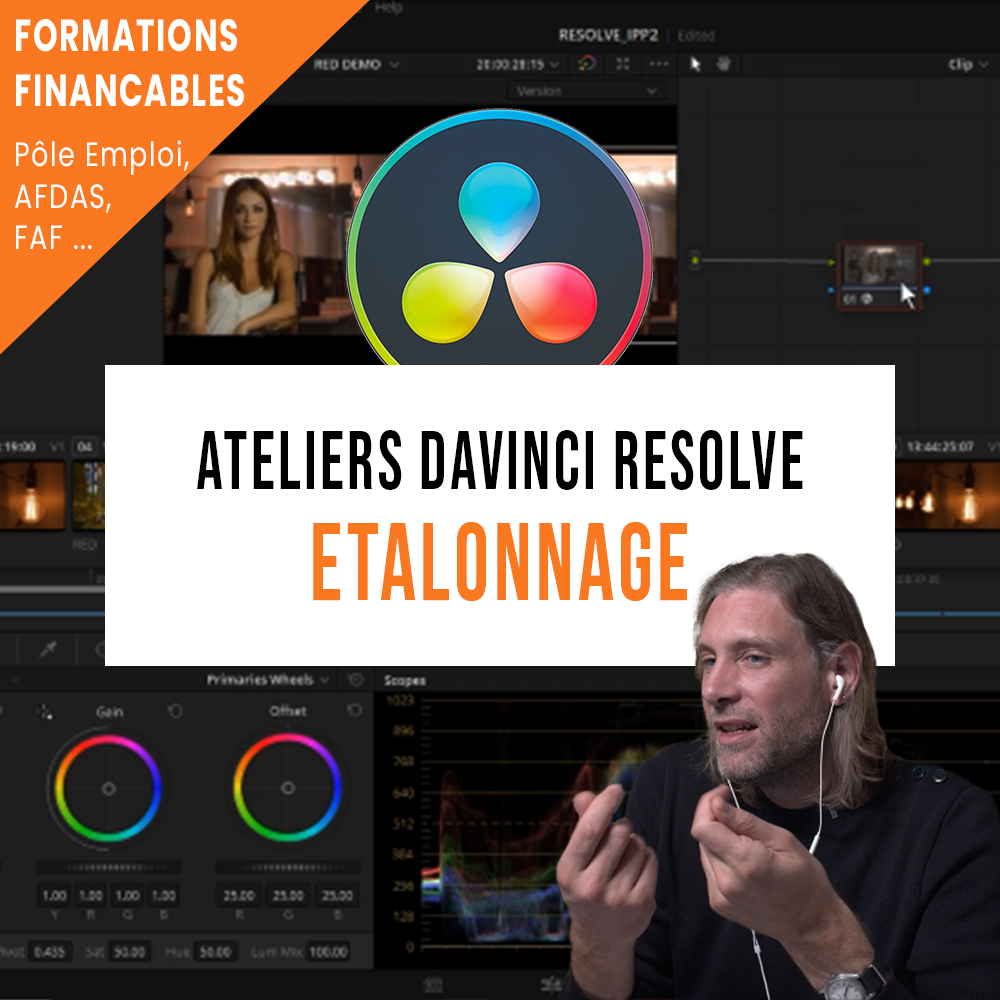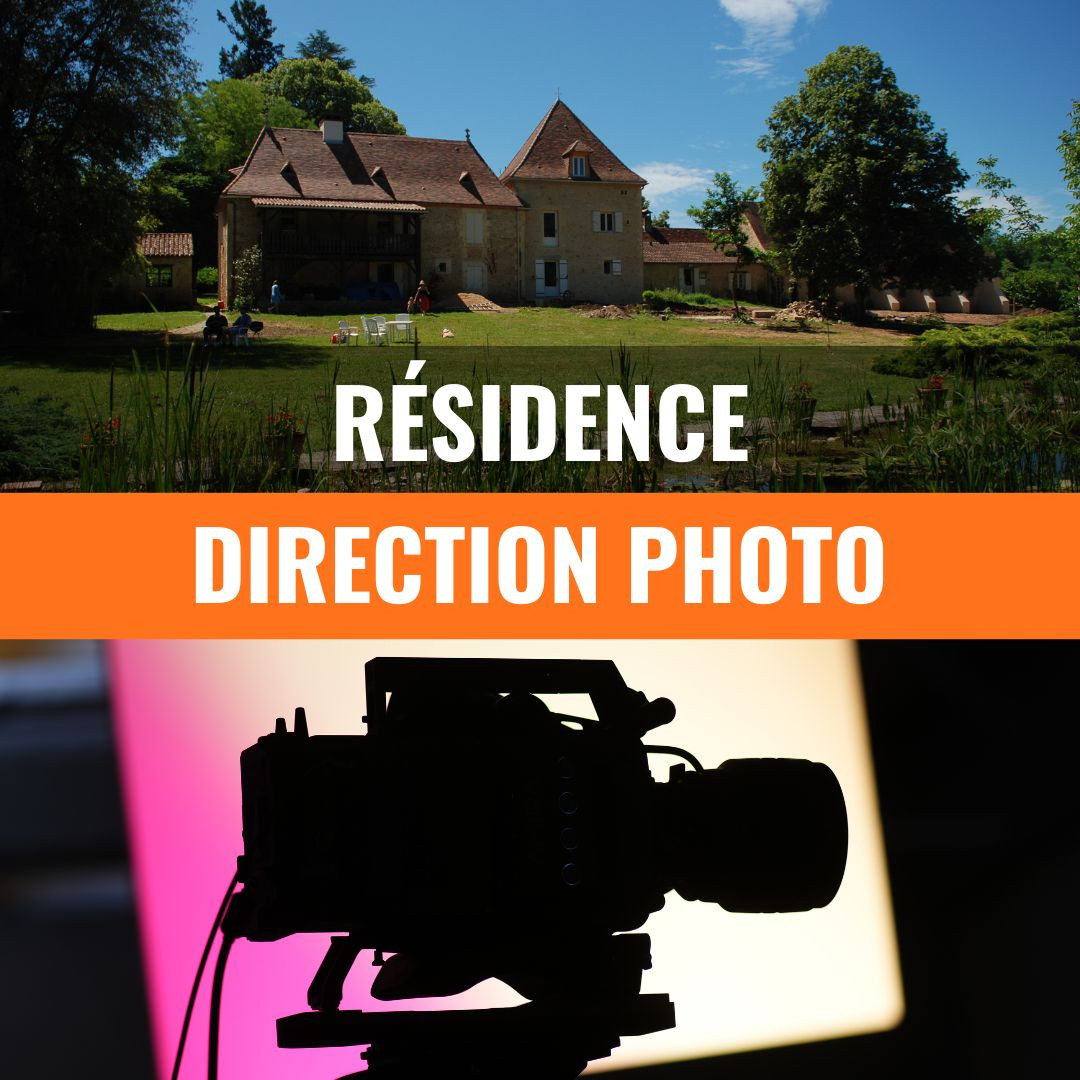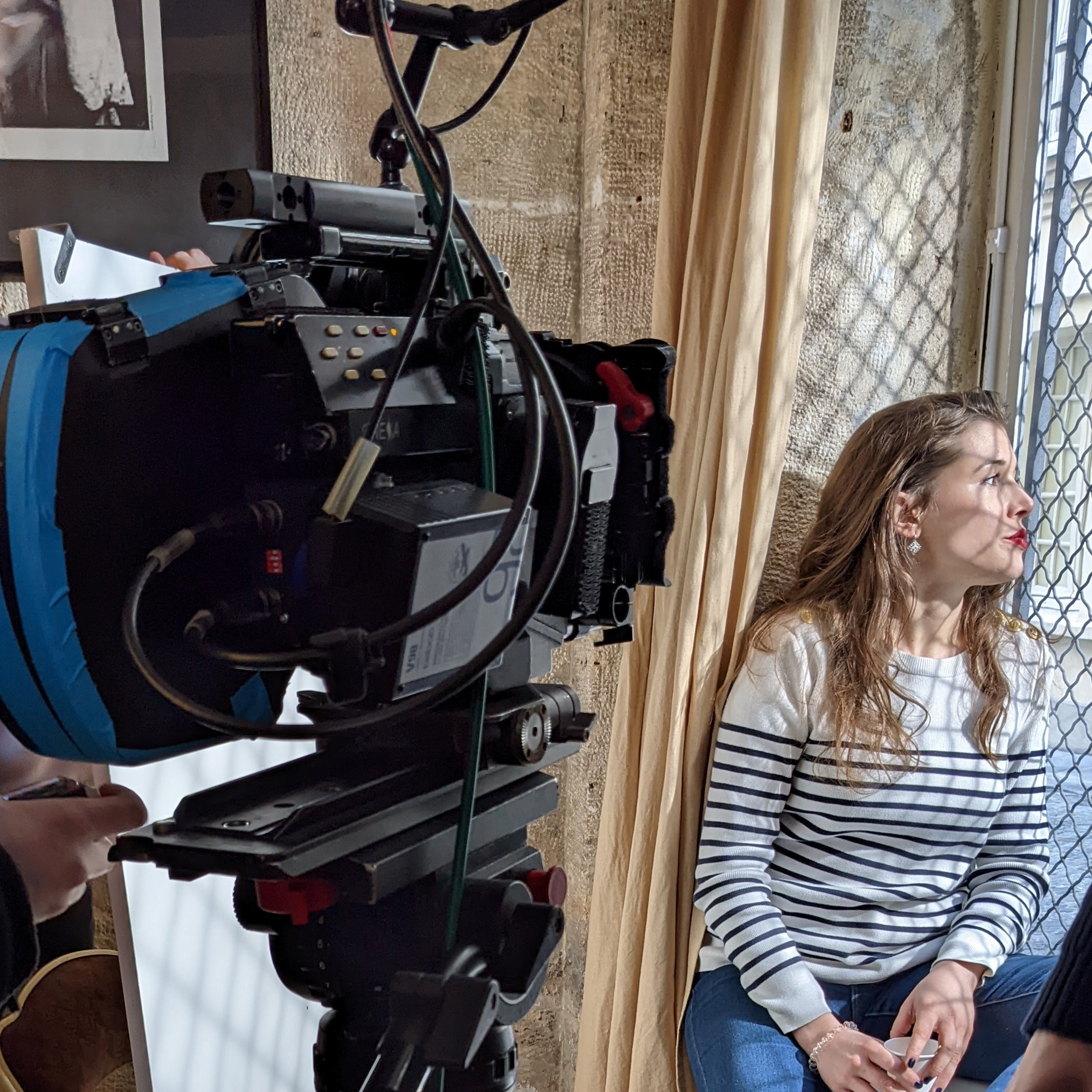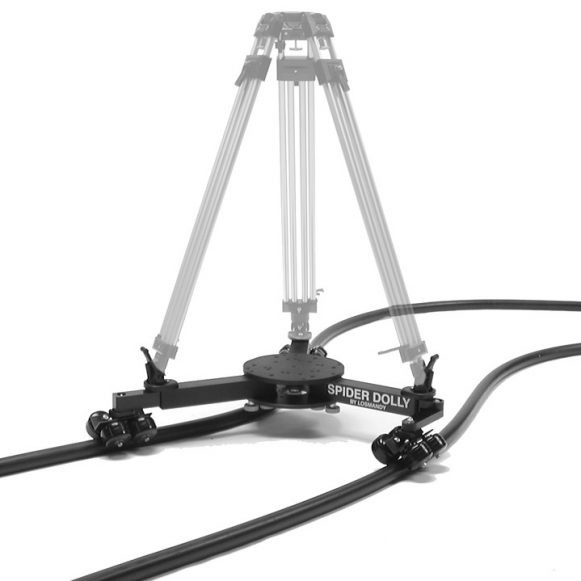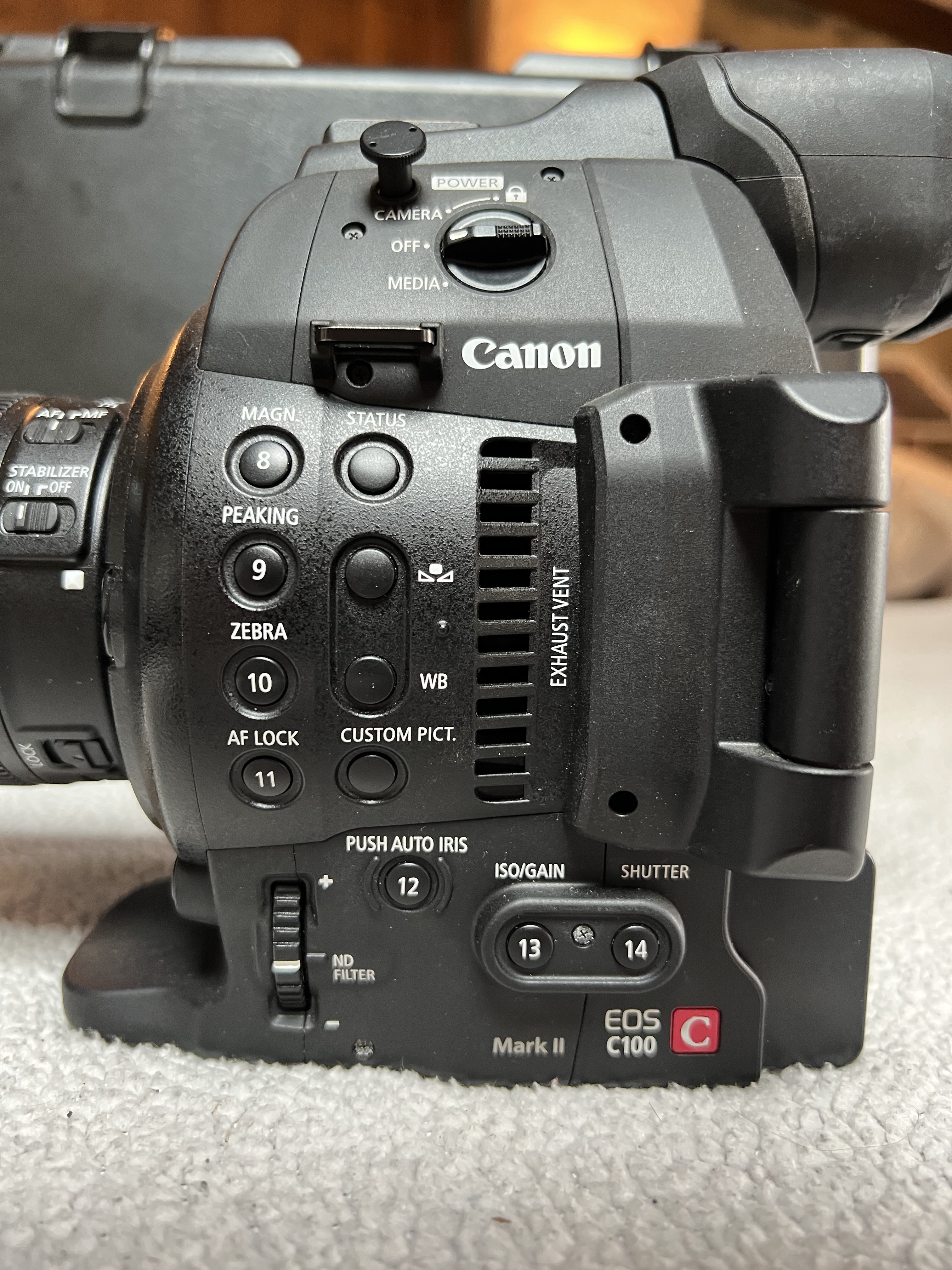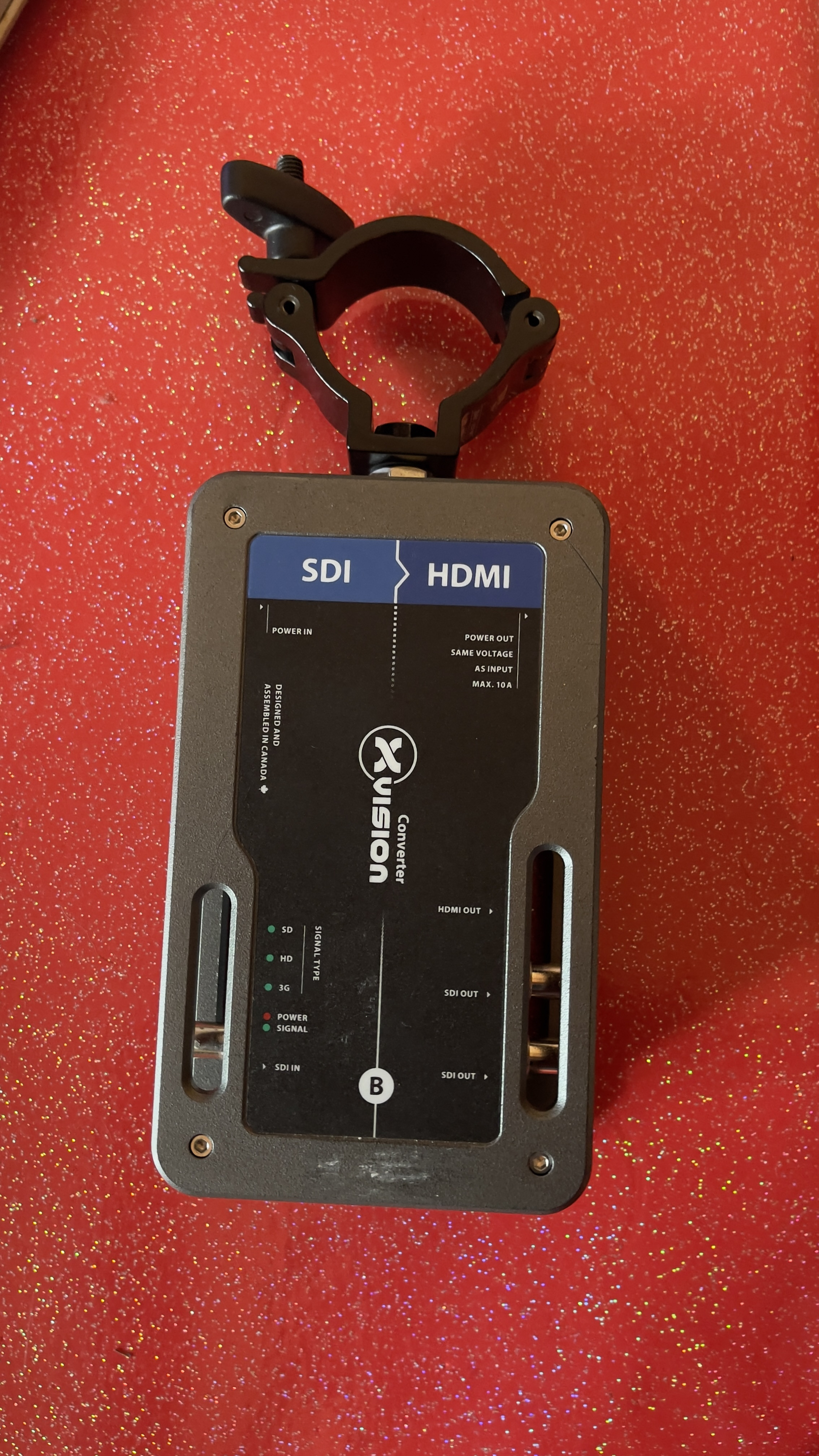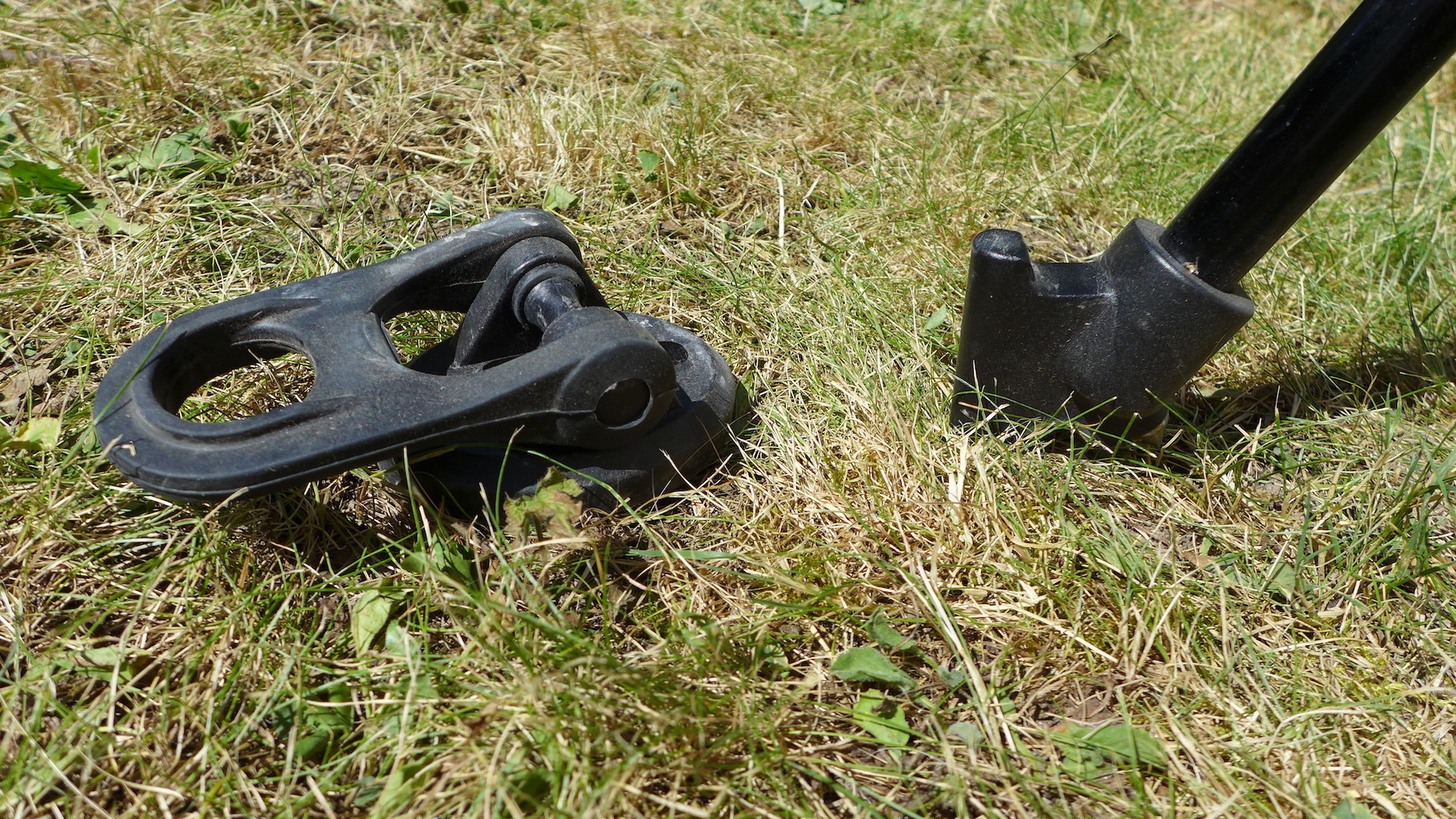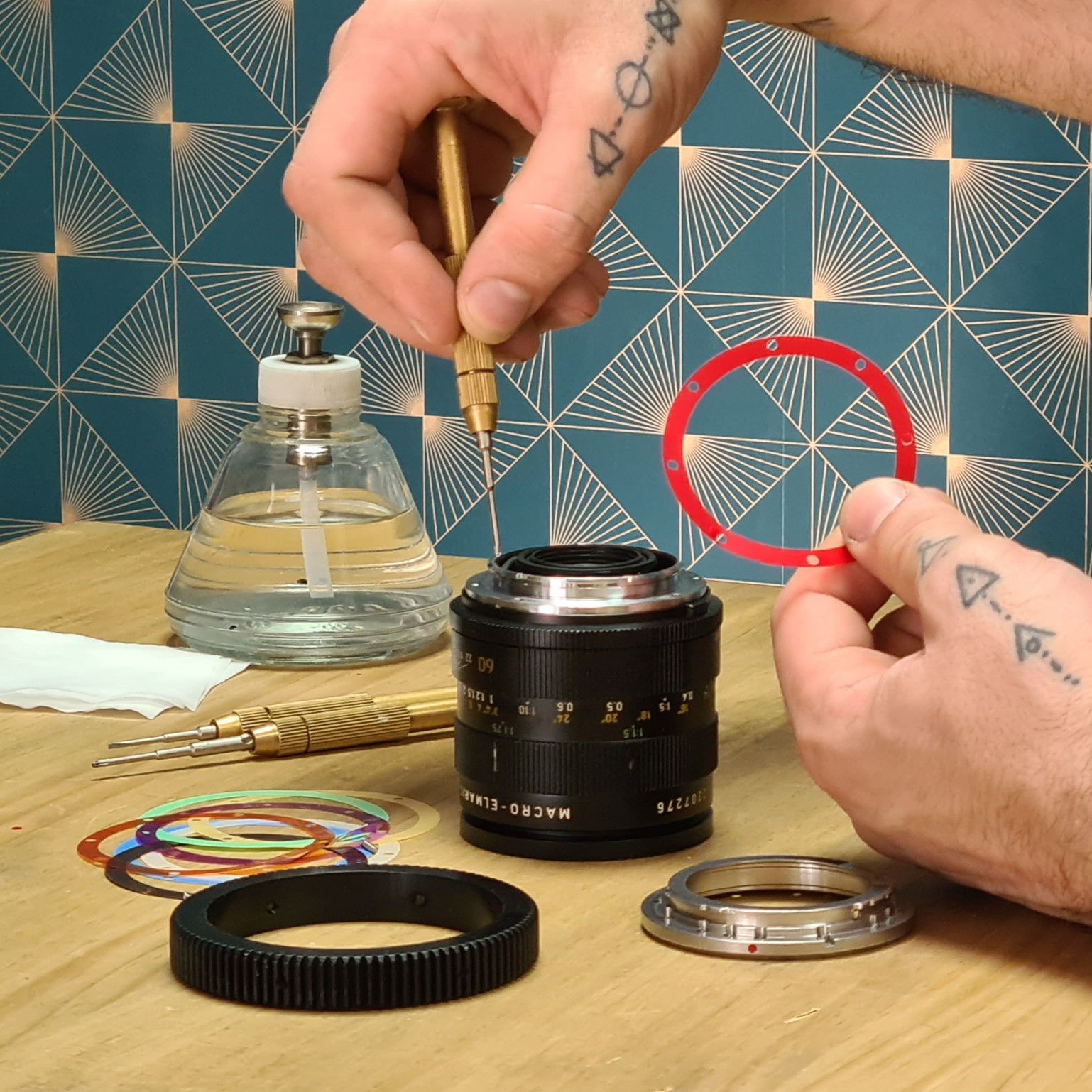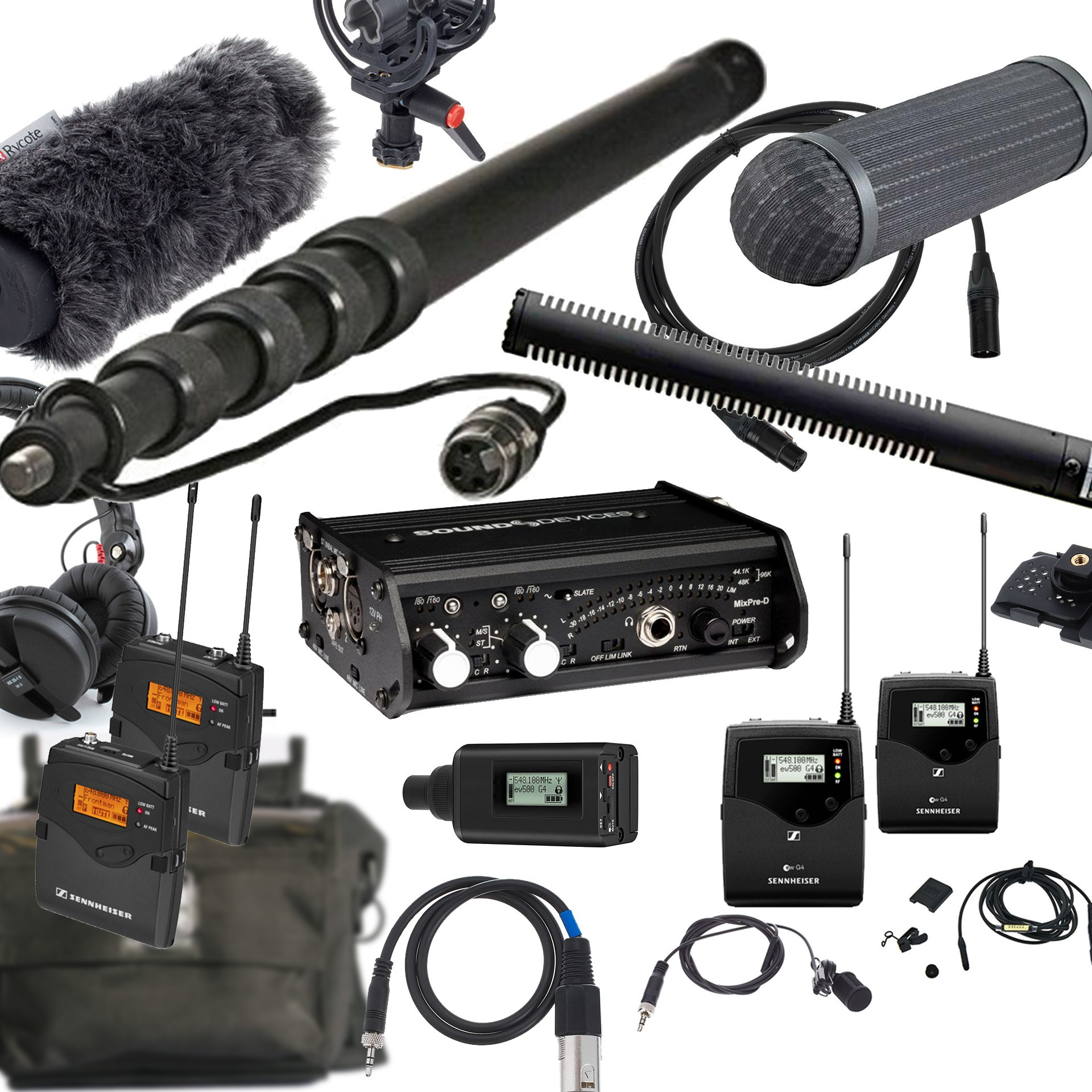Rejeter la notice
Nos Formations Etalonnage avec Forest reviennent en octobre !
Adoptez une réelle méthodologie d'étalonnage professionnelle et atteignez vos objectifs créatifs avec nos formations intensives sur 3 jours
Toutes les infos
Toutes les infos
Rejeter la notice
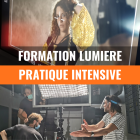 Formation Lumière - Pratique Intensive du 14 au 16 octobre à Paris
Formation Lumière - Pratique Intensive du 14 au 16 octobre à Paris
Formez-vous avec cet atelier de pratique intensive dans des conditions exceptionnelles ! Formation finançable.
Toutes les infos
Ateliers et Formations
-
Accroche marketing: Participez à un réel tournage de fiction et développez votre vision artistique avec cette formation en résidence immersiveRepaire publié le 20 Feb 2025
-
Accroche marketing: Ajoutez une identité, une intention, de la créativité à vos images avec notre formation exceptionnelle de 3 joursRepaire publié le 24 Oct 2024
-
Accroche marketing: Lancez-vous dans votre premier tournage film ! Formation par Forest Finbow et Lucas JaniszewskiRepaire publié le 17 Nov 2021
1080i, 720p, un document
Discussion dans 'Sony' créé par milo, 21 Octobre 2004.
-
-
 Publié parLucas.janiszewski 27 Juin 2025
Publié parLucas.janiszewski 27 Juin 2025 -
 Publié parLucas.janiszewski 26 Juin 2025
Publié parLucas.janiszewski 26 Juin 2025 -
 Publié parLucas.janiszewski 4 Juin 2025
Publié parLucas.janiszewski 4 Juin 2025 -
 Publié parLucas.janiszewski 28 Mai 2025
Publié parLucas.janiszewski 28 Mai 2025 -
 Publié parLucas.janiszewski 22 Mai 2025
Publié parLucas.janiszewski 22 Mai 2025
-
-
-
 Publié parClmR 18 Juillet 2025
Publié parClmR 18 Juillet 2025 -
 Publié parValentin Hautot 18 Juillet 2025
Publié parValentin Hautot 18 Juillet 2025 -
 Publié parGRG 11 Juillet 2025
Publié parGRG 11 Juillet 2025 -
 Publié parFranz Olm 29 Janvier 2025
Publié parFranz Olm 29 Janvier 2025 -
 Publié parRepaire 29 Août 2024
Publié parRepaire 29 Août 2024
-
-
-
-
-
importation fichier impossible
dmoss 28 Juin 2025
-
Clog3 du Canon R6II beaucoup de bruit
cptbartok 14 Juillet 2025
-
La réalisation de clip dans les années 80
yamagata4000 6 Juillet 2025
-
Vidéo avec panneau interdit dans studio 26
Christ 28 16 Juillet 2025
-
Changement de luminosité/saturation à l'export
PandaRoux 17 Juillet 2025
Chargement... -
importation fichier impossible
-
Chargement...
-
Chargement...
-
-
Drone sans se ruiner POTENSIC ou DJI ?
caraibe 27 Juillet 2025, à 08:39
-
[Mac] Proxi sur Da vinci
habibi 27 Juillet 2025, à 00:07
-
Sony PXW Z300
bcauchy 26 Juillet 2025, à 19:05
-
Batterie pour AG-UX90 defectueuse
TheFox 25 Juillet 2025, à 09:02
-
Fréquence diffuseur et FPS
caraibe 24 Juillet 2025, à 21:22
Chargement... -
Drone sans se ruiner POTENSIC ou DJI ?
Dernières occasions
Dernières formations
-
Catégorie: FormationsRepaire publié le 23 Oct 2024
Les vidéos
-
 Publié parCanon France 7 Juin 2022
Publié parCanon France 7 Juin 2022 -
 Publié parCanon France 17 Mai 2021
Publié parCanon France 17 Mai 2021 -
 Publié parCanon France 5 Mars 2021
Publié parCanon France 5 Mars 2021
Vous souhaitez annoncer sur le Repaire ? Contactez-nous
-
-
 Publié parLucas.janiszewski 27 Juin 2025
Publié parLucas.janiszewski 27 Juin 2025 -
 Publié parLucas.janiszewski 26 Juin 2025
Publié parLucas.janiszewski 26 Juin 2025 -
 Publié parLucas.janiszewski 4 Juin 2025
Publié parLucas.janiszewski 4 Juin 2025
-
-
-
-
importation fichier impossible
dmoss 28 Juin 2025
-
Clog3 du Canon R6II beaucoup de bruit
cptbartok 14 Juillet 2025
-
La réalisation de clip dans les années 80
yamagata4000 6 Juillet 2025
Chargement... -
importation fichier impossible
-
-
- Réponses:
- 56
- Nb. vues:
- 1 673
-
- Réponses:
- 41
- Nb. vues:
- 540
-
- Réponses:
- 0
- Nb. vues:
- 116
Chargement... -
-
-
[Mac] Proxi sur Da vinci
JLB21 a répondu 27 Juillet 2025, à 15:10
-
Sony PXW Z300
bcauchy a répondu 27 Juillet 2025, à 13:02
-
Vidéo avec panneau interdit dans studio 26
Christ 28 a répondu 27 Juillet 2025, à 10:42
Chargement... -
[Mac] Proxi sur Da vinci
Dernières Occasions
Dernières Formations
-
Catégorie: FormationsRepaire publié le 23 Oct 2024

